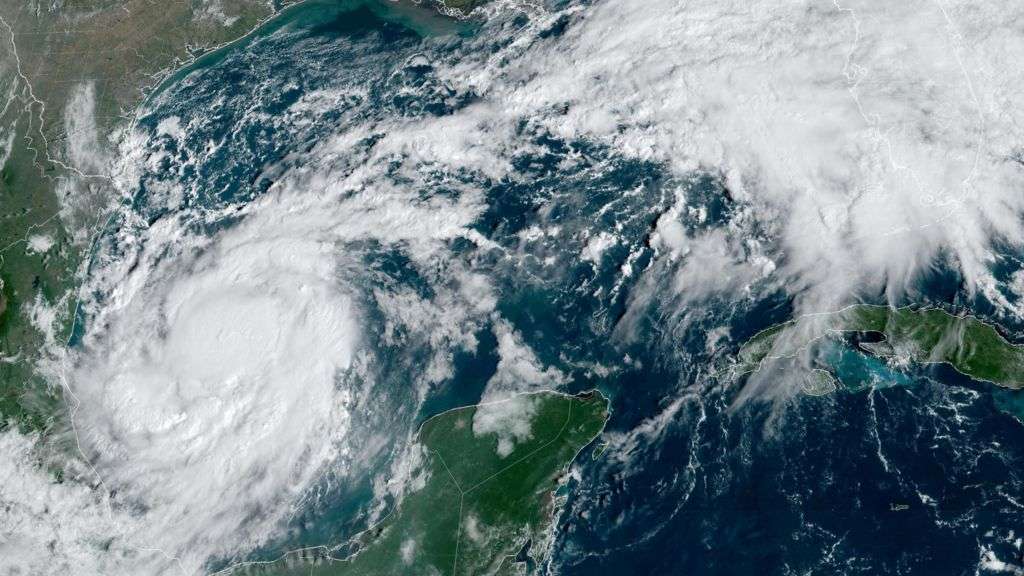A state of emergency has been declared in parts of Florida after forecasters warned a tropical storm could intensify and hit the already-ravaged Gulf Coast.
The National Hurricane Centre warned that Storm Milton - currently off the coast of Mexico - was "expected to strengthen rapidly" and could pose "life-threatening hazards" for parts of Florida's west coast.
It comes just 10 days after Storm Helene - the deadliest mainland storm since Katrina in 2005 - tore through the south-east, killing at least 225 people, with hundreds still missing.
In Florida, where Helene left at least 14 dead, Governor Ron DeSantis issued the emergency warning for 35 counties and said preparations were under way to restore power and clear roads ahead of Milton's arrival.
At 02:00 EST (06:00 GMT) on Sunday, Storm Milton had maximum sustained wind speeds of 60mph (95km/h).
“Milton is moving slowly," the Hurricane Centre said, adding the storm was "expected to strengthen rapidly.
“There is increasing confidence that a powerful hurricane with life-threatening hazards will be affecting portions of the Florida west coast around the middle of this week," it added.
Heavy rain was expected in the region from Sunday into Monday, with more rain and strong winds on Tuesday and Wednesday night.
Rainfall could be between 5-8in (127-203mm) across the Florida Peninsula and the Keys, with some areas receiving up to 12in (304mm), which could bring a risk of flash flooding and minor-to-moderate river flooding for parts of the west coast, the centre said.
The new storm comes as the clean-up efforts from Helene could take years, according to the US government.
While a large proportion of the deaths occurred in North Carolina, others have been recorded in Florida, Georgia, South Carolina, Tennessee and Virginia.
Hundreds of roads remain closed, hampering efforts to send aid to hard-hit communities.
Helene, which made landfall as a category-four hurricane, damaged structures, caused flash flooding and knocked out power to millions of homes.








